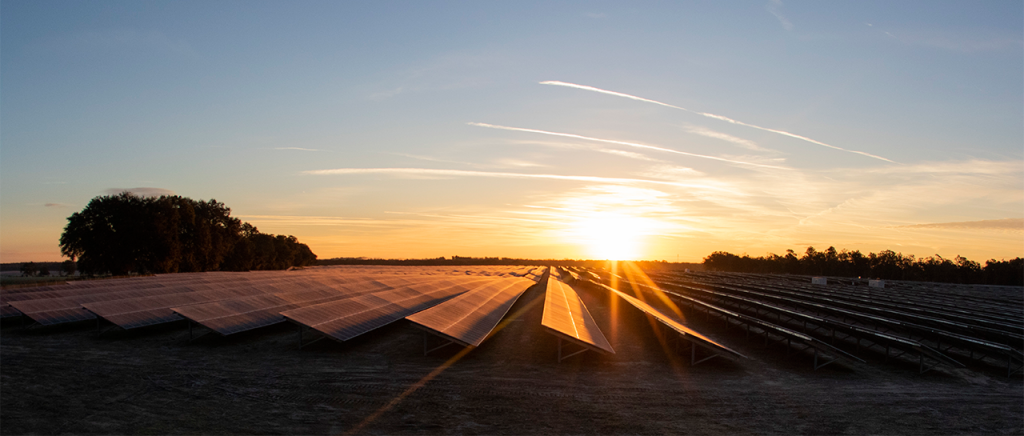
At its June meeting with investors, NextEra Energy presented the audience with 235 colorful slides concerning the financial health of the company. Many of them were identical to the slides presented at the last such meeting in May. One was substantially different, however.
In May, the company presented a slide based on data supplied by IHS Markit for calendar year 2017. It showed the United States would get 25% of its electricity from renewable energy resources by 2030. That slide was deleted from the June presentation and replaced with one based on data supplied by the National Renewable Energy Laboratory for calendar year 2018. The new slide projects the country will reach 50% renewables by 2030. The difference is startling and proof of how quickly things are changing in the utility industry.
NextEra Energy is no featherweight. It has the largest market capitalization of any utility holding company. It is the parent company of Florida Power & Light, Gulf Power, and NextEra Energy Resouces, among other entities. It employs 14,000 people, generates 45,900 megawatts of electricity annually, and has yearly revenue of $17 billion. If it says renewables will account for half of all electricity a decade from now, other companies should sit up and take notice. Government leaders, too.
NextEra Energy produces more electricity from the wind and sun than any other company on the planet, according to NASDAQ.com. Its NextEra Energy Resources subsidiary operates 17 gigawatts of wind and solar power assets across the country today. It owns more installed wind power capacity than all but seven countries and is the fifth-largest capital investor in the United States. It plans to build an additional 29 gigawatts of wind and solar power assets in the coming years. This is not a company that makes predictions lightly.
How can it make such bold predictions, ones that are significantly more aggressive than those being made by other industry sources? Simple. It feels those other sources are wildly pessimistic in their estimates. See chart below.

That’s a huge disparity between what NextEra Energy thinks will happen and what other supposedly informed sources think will happen. A lot of CleanTechnica readers have commented over the years that forecasts from the Energy Information Administration are notoriously inaccurate. The next chart proves it.

Since NextEra Energy began investing in renewable energy, its market cap has increased from $12 billion in 2003 to $100 billion today. The low cost of electricity produced from wind farms — which, unlike thermal power plants, have no fuel expenses once built — frees up capital to invest elsewhere while keeping customers’ bills low, says NASDAQ.com. Moreover, the larger a company’s commitment to renewable energy, the more capital it has to deploy to build more renewable energy systems. Size really does matter in this space.
The company’s performance is evidence that investors have nothing to fear from renewables. Decarbonizing the grid does not mean lower profits for utility companies. Quite the opposite, in fact, which is great news for everyone who frets about how the transition away from fossil fuels will affect the economy.
To paraphrase former General Motors CEO “Engine Charlie” Wilson, “What’s good for renewables is good for the utility industry.” Hopefully that message trickles down to other US utilities who seem to live in mortal fear of the renewable energy revolution.
